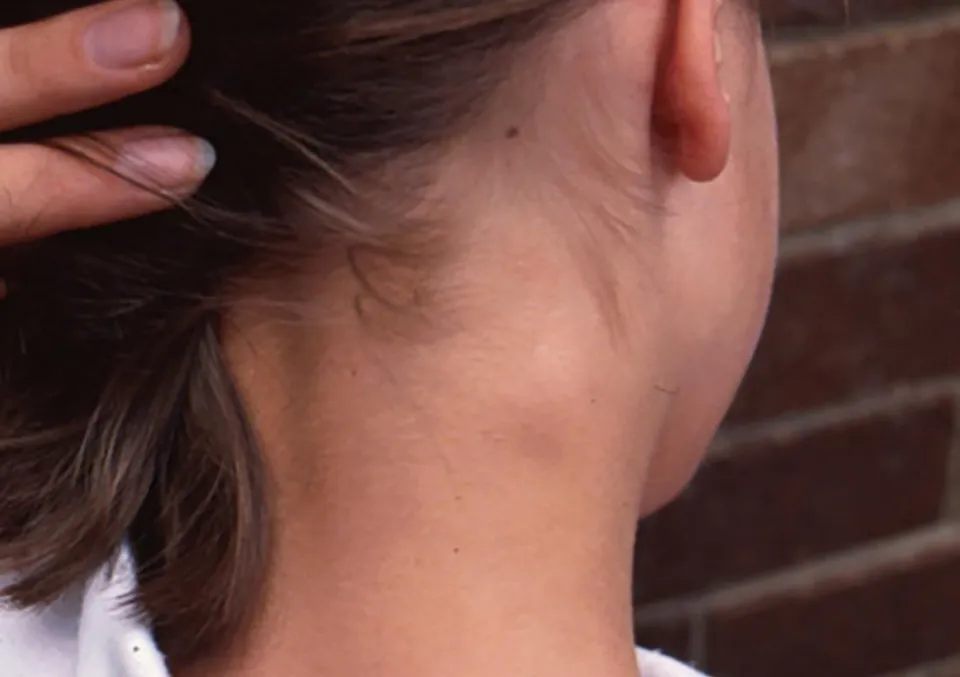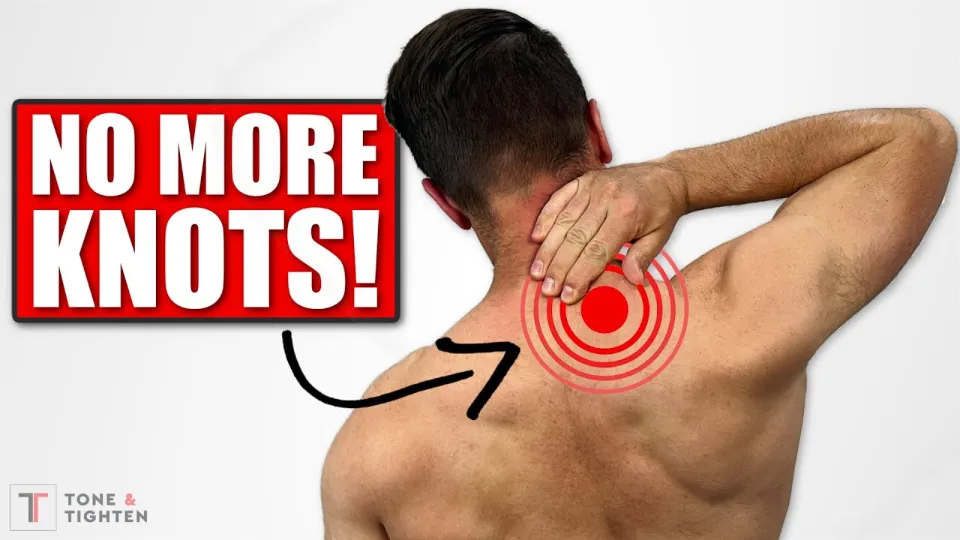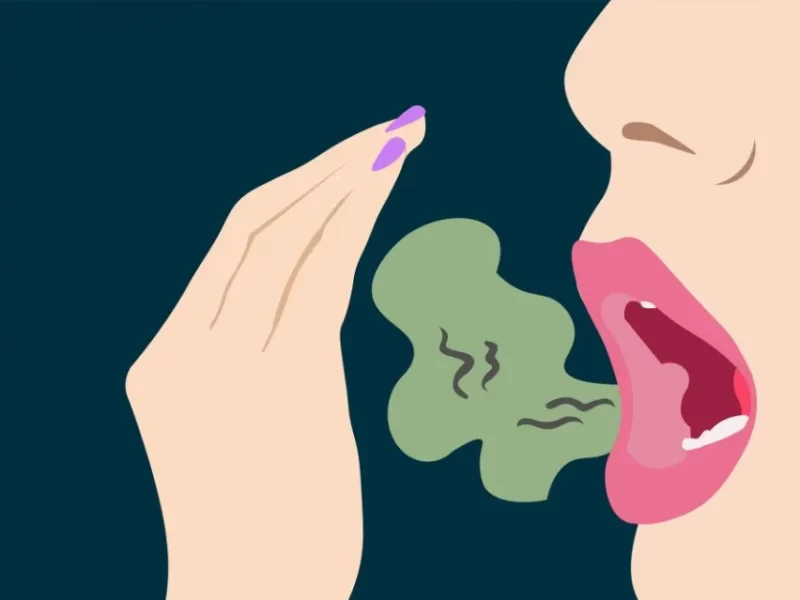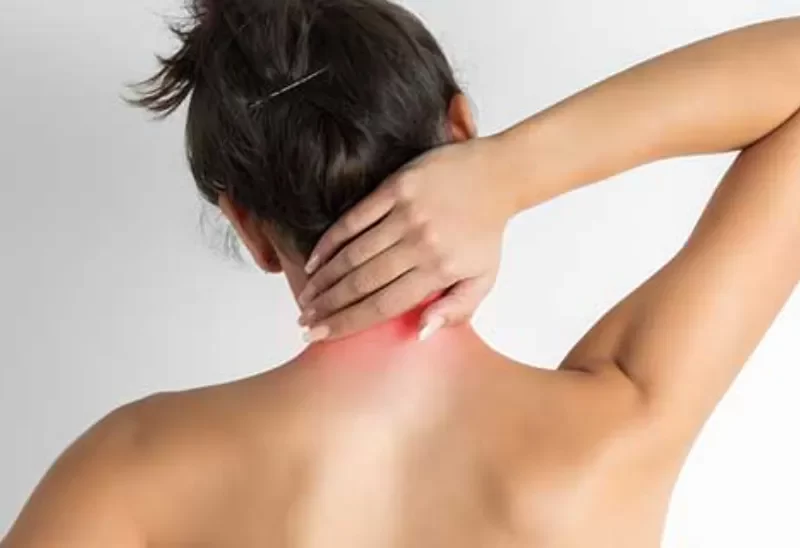Muscle knots are especially common in your neck. That’s because numerous daily activities, such as using a phone to text or using a computer, can strain the neck muscles. Physical inactivity and emotional stress can both result in knots in your neck.
It might be uncomfortable to move your neck because muscle knots frequently hurt. Fortunately, straightforward self-care techniques like massages and stretching may be able to provide some relief.
Here are some quick fixes for a sore knot in your neck. Additionally, we have information on the causes of these bothersome knots and when you should consult a doctor about them.
Related: Can Neck Arthritis Cause Head Pressure? – Elder VIP
What is a Neck Knot?
Chad Taylor, an assistant professor in the physical therapy department at Virginia Commonwealth University in Richmond, Virginia, and a board-certified clinical specialist in both sports and orthopedic physical therapy, explains that a muscle knot is first and foremost an area of hypersensitivity in a muscle.
The areas of the body most likely to be affected by muscle knots include the:
- Lower back.
- Neck.
- Shoulders.
- piriformis and gluteus muscles in the buttocks.
- Hips.
- Thighs.

These areas frequently receive excessive exercise, making them more prone to developing muscle knots.
A muscle knot develops because the nearby connective tissue, which aids in supporting and giving structure to the body, has become constrained. Overuse or an injury may be the cause of this.
According to David Sol, dean of massage programs at Pacific College of Health and Science in Chicago and a licensed acupuncturist and massage therapist, the body then defends itself by restricting movement in the injured area and reducing the likelihood that it will sustain further damage. The end result is what we refer to as muscle knots or trigger points—tight bands of muscles.
What Causes Knots in Your Neck?
Despite the fact that muscle knots are sometimes mysterious, Dr. Broach. They include:
- Muscle overuse. You might develop a knot in your neck if you overdid it during a workout (did more than your body could handle or engaged in an activity for an extended period of time). The same goes for keeping your neck in an awkward position for an extended period of time (such as by cradling your cell phone between your head and shoulders). “A neck knot actually develops because you’re not using the muscle in its full range of ability,” explains Dr. Broach. “Muscle fibers can tense up and spasm if your shoulders are bent forward for an extended period of time.”
- Stress and anxiety. It’s no coincidence that when you’re under the wire, your risk of developing neck muscle knots increases. “When we’re under a lot of stress, we tend to hold certain sustained postures,” says Dr. Broach. “Even when they are standing, many people notice that they raise their shoulders to resemble the fetal position.” Your neck muscles may subsequently go into spasm as a result.
- Sitting for too long. When you’re sitting — whether it’s at your desk, in the car, or even just watching TV — you may unintentionally tilt your head forward. “This can cause the muscles in the back of your neck to have to work harder than usual to hold your head in position,” explains Dr. Broach, prolonged postures without movement breaks have a significant impact on neck pain over time.
Stretches and Exercises for Knots in the Neck
Stretching is the most effective method of treating a knot in your neck. “If you do specific moves several times a day, you can stretch out tight muscle fibers and give them a chance to get out of their spasms,” says The physical therapists at Hinge Health have provided some exercises for you to try out, Dr. Broach. Start out by performing these exercises three to five times daily to gauge how you feel.
Supine Chin Tucks
A quick stretch of the muscles in the neck can be achieved with this simple move. You can do it periodically throughout the day while getting ready, driving to work, or sitting at your desk. “I often recommend people do this in bed right before they go to sleep,” says Dr. Broach. “You can stretch out your neck after a long day of keeping it in a shortened position by lying flat on the bed for five minutes without a pillow under your head.”
Back Rotation Stretch
Do not be misled by the exercise’s name; it all has a purpose. In addition to moving your neck, this easy movement also allows you to move your back and shoulders, according to Dr. Broach.
Thread the Needle
You can untangle any neck knots by performing this stretch, which requires you to twist back and forth.
Other Treatment
Trigger Point Self-massage
Apply a trigger point self-massage to untie a knot in your muscles. Pressing the knot will help to loosen up the contracted muscles.
Here’s how to do it:
- On the knot, put your fingers.
- For 5 to 10 seconds, apply sustained pressure. Release.
- Up to six times a day, repeat for 3 to 5 minutes each time. Repeat daily.
Apply Heat Or Ice
A knot in your muscles can hurt, but applying heat or ice may help. Ice can assist in reducing swelling within and around the knot. The muscles may be soothed and relaxed with the aid of heat. Use the therapy that provides the most relief, or try switching between the two.
To protect your skin when using this remedy, wrap the heat or ice pack in a towel or piece of cloth. For 15 to 20 minutes at a time, place a heat or ice pack on the sore spot. Several times a day, repeat.
You can try using a:
- Heating pad
- Hot water bottle
- Warm or cold compress
- Ice pack

Head-to-hand Neck Release
By lengthening the neck muscles with this stretch, you can reduce neck tension. It is a great upper-body stretch because it also opens up your chest and biceps.
To do this stretch:
- Sit in a chair or on the floor with your legs crossed. Straighten your back.
- Place your left ear near your left shoulder. Raise your right arm to shoulder height while keeping it parallel to your body. With your fingers spread wide, point your thumb upward.
- With your fingers pointing in the direction of your right ear, place your left hand on your head. Move your left ear toward your left shoulder while applying light pressure.
- Take a brief pause, then alternate sides and continue.
Final Thoughts
Try applying heat or ice and massaging the knotted area with your fingers if you have a stiff neck. Perform therapeutic neck stretches as the Cat-Cow and shoulder shrugs. These exercises can ease the discomfort and tension caused by a knot when performed frequently. Stay active and stretch frequently to avoid future knots. See your doctor or physical therapist if the knot returns frequently.
FAQs
How Long Do Neck Knots Last?
Usually within a week or two a muscle knot will resolve on its own. When you have muscular knots, getting a massage can help hasten your recovery. Furthermore, you can quicken the healing process.
Should You Massage Neck Knots?
If you have a knot in your neck, try massaging the area with your fingers and applying heat or ice. Stretching your neck with stretches like Cat-Cow and head-to-hand release and therapeutic neck stretches like shoulder shrugs are beneficial. These exercises, when performed frequently, might aid in releasing a knot’s pain and tension.



